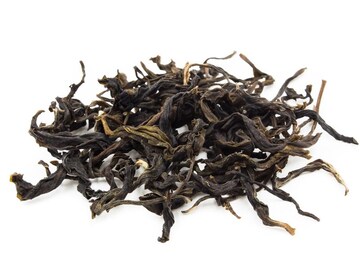Optimizing cold chain management in food distribution is critical for ensuring the safety, quality, and longevity of perishable products. With increasing global demand and the complexity of modern supply chains, innovative strategies are essential to maintain the integrity of temperature-sensitive goods from production to consumption. Here are some cutting-edge approaches that are transforming cold chain management:
IoT and Sensor Technologies
The Internet of Things IoT is revolutionizing cold chain management by providing real-time monitoring and data collection. Advanced sensors can track temperature, humidity, and other critical parameters throughout the supply chain. These sensors are connected to a central system that alerts managers to any deviations from set thresholds, allowing for immediate corrective actions. This proactive approach reduces the risk of spoilage and ensures compliance with safety regulations.

Advanced Refrigeration Techniques
Innovations in refrigeration technology are pivotal for maintaining optimal temperatures. Magnetic refrigeration, for instance, uses magnetic fields to cool materials, offering a more energy-efficient and environmentally friendly alternative to traditional methods. Additionally, phase change materials PCMs are being integrated into packaging and transport containers to regulate temperature by absorbing and releasing thermal energy as they change phases. These technologies help in maintaining consistent temperatures even during power outages or transportation delays.
Predictive Analytics and Machine Learning
Predictive analytics, powered by machine learning, is another significant advancement. By analyzing historical data and current conditions, machine learning algorithms can predict potential failures or temperature excursions before they happen. This foresight allows logistics managers to take preventive measures, such as rerouting shipments or adjusting refrigeration settings. Furthermore, predictive analytics can optimize routes and schedules, minimizing the time products spend in transit and reducing energy consumption — while also supporting critical food safety measures like A Food Handler’s Apron Must Be Removed When: Key Moments for Food Safety to maintain product integrity.
Sustainable Packaging Solutions
The development of sustainable packaging materials is addressing both environmental concerns and cold chain efficiency. Biodegradable and recyclable packaging options that offer excellent insulation properties are becoming more prevalent. These materials not only reduce the carbon footprint of food distribution but also maintain the necessary temperatures for longer periods, ensuring product freshness.
Automated and Robotic Systems
Automation and robotics are streamlining various aspects of the cold chain. Automated guided vehicles AGVs and drones are being used for precise and efficient handling of goods in warehouses and during delivery. These systems reduce human error and labor costs while maintaining the integrity of temperature-sensitive products. Robotics also enhances hygiene standards, which is crucial in food distribution.
Collaboration and Integration
Finally, Rota das Índias collaboration and integration across the supply chain are vital. Sharing data and insights between producers, distributors, and retailers creates a more cohesive and responsive network. Integrated platforms that consolidate data from various sources facilitate better decision-making and coordination, ensuring that cold chain management is seamless and efficient.

